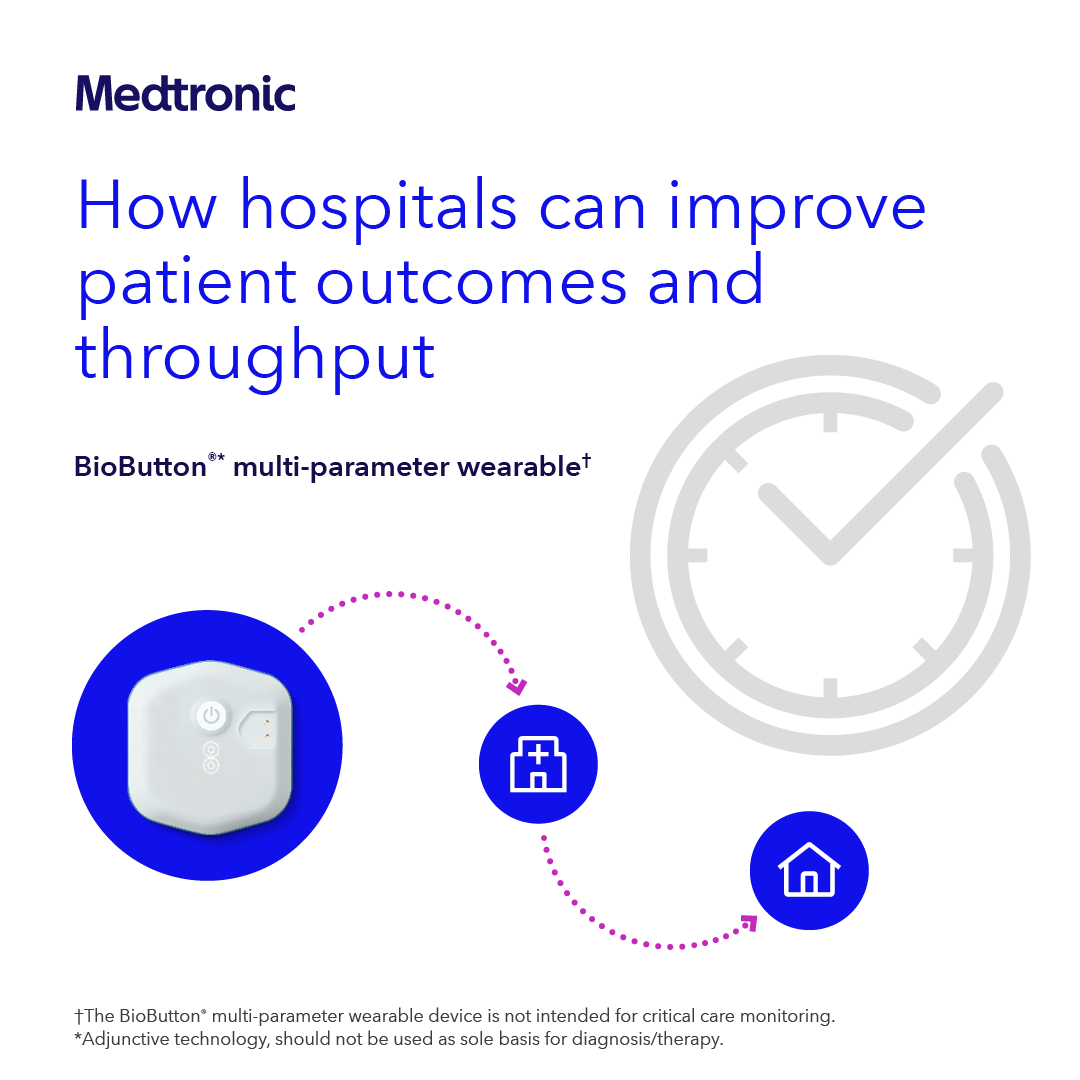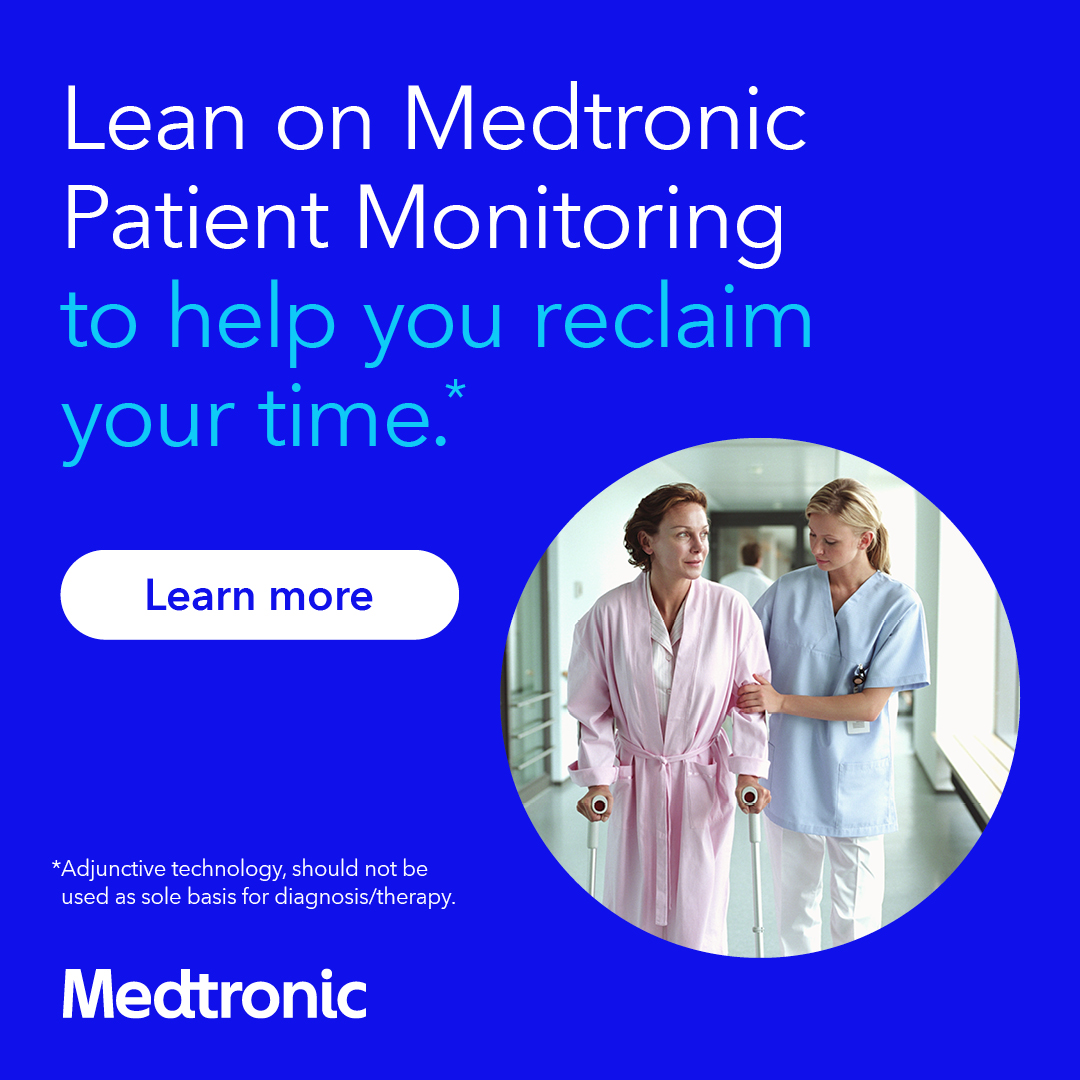Implicit and Explicit Bias

Sometimes it seems as if every time you turn on, tune in, or read the news, there is news on the biases that exist in our country and how it affects people of color and different cultures and nationalities.
Oftentimes, the biases seem to exist outside of the sphere of healthcare. However, the reality is that it is ever-present in healthcare and negatively affects the people to whom we provide care. This results in healthcare inequalities and disparities.
Biases generally occur when a healthcare provider holds a preference or more positive evaluation of themselves or their in-group as compared to other cultures, races, ages, and even BMI.
This is commonly expressed as an "ism" such as racism, ageism, sexism, etc. Biases are also common against patients due to sexual orientation, history of mental illness, and/or addictions.
To better understand this issue, we need first to define the terms. Implicit or unconscious biases are thoughts and feelings that exist outside of our conscious awareness and consequently are difficult to acknowledge and control (Hall et al., 2015) consciously.
Examples may include slowness in completing nursing assessments, administering pain meds, or providing daily baths. The unconscious thought process may be that "they always cause these problems because of how they sleep, eat, or even visit healthcare providers, and consequently, they deserve them."
Explicit biases or attitudes are thoughts and feeling that people deliberately think about and can make conscious reports about (Hall et al., 2015). These types of biases are commonly termed stereotypes.
You might hear these biases in shift reports, such as obese people almost killing themselves by overeating and then expect us to save them. These people always seek drugs, or old people shouldn't drive because they always cause wrecks and harm themselves and others. These biases are generally not overt and are often easily recognized.
Health inequities are the unfair differences that prevent all individuals from the opportunity to have good health. Health disparities are the measurable difference or gaps seen in one group's health in relation to others and include gender, sexual orientation, socioeconomic status, and even geographic location (Ellis & Jacobs 2021, Krolak 2021).
Health inequalities and disparities are often interrelated and are related to unequal access to healthcare leading to a higher prevalence of medical conditions and comorbidities. It is staggering to note that African Americans makeup only 12% of the U.S. population but comprise 22% of all COVID-19 deaths (Ellis & Jacobs 2021).
Nurses can significantly impact the healthcare that is provided to our patients by ourselves and other healthcare providers. The first step is trying to understand your own implicit or unconscious biases, which is rather challenging.
When you have a negative thought about a patient, you should first ask yourself why do I think that? The very first step to overcoming an implicit bias is to bring it into conscious thought. However, this process may be uncomfortable because it causes us to rethink or re-learn what we have previously learned.
The reality is that it is just as challenging to address explicit biases. We must learn to step outside of our comfort zone and begin asking our peers and other healthcare providers the why question; Why did you say that in the report? Why is that info pertinent to this patient? When are you going to address this patient's needs?
Biases can be a significant barrier not only in the nurse-patient relationship but in all healthcare relationships. Nurses must assume the role of patient advocate to ensure patients receive the care needed to improve their health and maintain the improvement.
Fortunately, many healthcare facilities and professional nursing organizations offer courses on biases and ethics in healthcare that can help us not only become aware of our own biases but also to overcome them. These courses often include education on how to effectively advocate for patients when interacting with members of the healthcare team.
The Academy of Medical-Surgical Nurses (AMSN) includes the importance of healing relationships and ensuring quality health care practices in its Domains of Nursing Practice. These and other domains are the framework of the Certified Medical Surgical Nurses Certification Exam (CMSRN), which is administered by the Medical-Surgical Nurses Certification Board (MSNCB).
The goal of all these initiatives is to help us individually learn our biases, overcome our biases, and ultimately improve the nursing care we provide. However, to be the positive difference that improves the health of our communities, each one of us must be accountable to learn and than dismantle our own personal biases and the biases of our peers.
Sincerely,
Antoinette
references
Ellis, C., & Jacobs, M. (2021). The complexity of health disparities: More than just black-white differences. Perspectives of the ASHA Special Interest Groups 6(1): 112-21. https://doi.org/10.1044/2020_PERSP-20-00199.
Hall, W. J., Chapman, M. V., Lee, K. M., Merino, Y. M., Thomas, T. W., Payne, B. K., Eng, E., Day, S. H., & Coyne-Beasley, T. (2015). Implicit Racial/Ethnic Bias Among Health Care Professionals and Its Influence on Health Care Outcomes: A Systematic Review. American Journal of Public Health, 105(12), e60–e76. https://doi.org/10.2105/AJPH.2015.302903
Krolak, K. (2021). Implicit bias, health inequalities, and health disparities-NCNA's Membership Forum. Tar Heel, 83(1).6.



